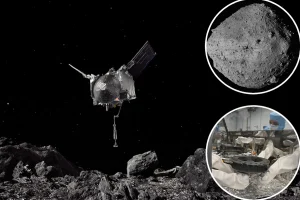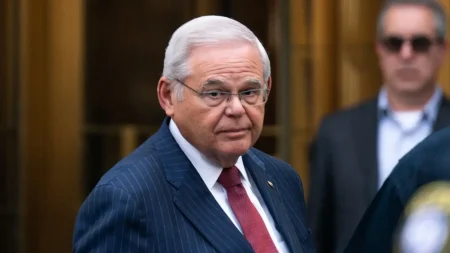Elon Musk’s Summer of AI Ambitions and Corporate Turbulence
Elon Musk’s relentless pursuit of artificial intelligence dominance defined his summer, as he devoted considerable time and energy to his AI start-up xAI with hopes of challenging OpenAI’s market leadership. What unfolded, however, was a period marked by organizational upheaval and strategic complications. The tech mogul, known for dividing his attention across multiple revolutionary ventures, appeared particularly fixated on positioning xAI as a formidable competitor in the increasingly crowded AI landscape. Despite his determination and resources, Musk’s management approach reportedly created an environment of instability within the company, with rapid decision shifts and intense pressure on the technical team to deliver breakthrough results on accelerated timelines.
The drive to catch up to OpenAI—the company Musk helped found but later departed from amid philosophical disagreements—seemingly took precedence over establishing sustainable operational processes. Engineers and AI researchers at xAI found themselves navigating constantly changing priorities and expectations, working under the weight of Musk’s ambitious vision to create an alternative to what he has publicly criticized as OpenAI’s overly cautious approach to AI development. Throughout the summer months, Musk’s presence at xAI intensified, with the billionaire entrepreneur personally directing research initiatives and demanding rapid iterations on the company’s AI models, sometimes at the expense of methodical development protocols that competitors had established over years of operation.
The push for accelerated progress came with significant organizational costs, as the internal structure at xAI struggled to maintain coherence amid shifting objectives. Team members reportedly worked extraordinary hours to meet Musk’s expectations, while executives attempted to translate his visionary but sometimes contradictory directives into actionable technical roadmaps. The chaotic environment reflected Musk’s characteristic management style—known for both inspiring breakthrough innovation and creating workplace turbulence—applied to the particularly complex challenge of advanced artificial intelligence development. As competition in the AI sector continued to intensify, with major players securing billions in investment and achieving technological milestones, Musk’s sense of urgency appeared to heighten, further amplifying the internal pressure at xAI.
Against this backdrop of organizational chaos, xAI nevertheless made technical strides, though perhaps not at the pace or with the impact Musk had envisioned. The company’s efforts to develop distinctive AI capabilities that would differentiate it from OpenAI and other competitors yielded mixed results, with promising innovations emerging alongside implementation challenges. The technical team’s expertise, drawn from top AI research institutions and competing companies, represented a significant competitive advantage, yet the full potential of this talent pool seemed constrained by the tumultuous work environment and constantly shifting strategic focus. Musk’s personal involvement in technical decisions added another layer of complexity, as his bold ideas sometimes clashed with the methodical approaches preferred by experienced AI researchers.
Throughout this period, Musk maintained his characteristic public presence, using social media platforms—particularly X (formerly Twitter), which he owns—to share updates on xAI’s progress while simultaneously criticizing perceived shortcomings of competing AI systems. This external communication sometimes created additional pressure on the xAI team, as public promises and timelines didn’t always align with internal development realities. The summer’s events highlighted the fundamental tension in Musk’s approach to building xAI: the desire to rapidly achieve competitive relevance while simultaneously pursuing a distinct philosophical approach to artificial intelligence that he positions as more aligned with humanity’s long-term interests than alternatives offered by established players.
As summer drew to a close, the question remained whether Musk’s intense focus and disruptive management approach would ultimately enable xAI to emerge as a significant force in artificial intelligence or whether the organizational turbulence would prove too costly for sustainable progress. The company’s journey reflected broader themes in both AI development and Musk’s career—the balance between visionary ambition and operational execution, the trade-offs between speed and stability, and the complex leadership challenges that come with attempting to revolutionize a technically sophisticated and increasingly consequential industry. While xAI made notable progress despite the chaotic environment, the summer’s experience raised important questions about the most effective path toward developing advanced artificial intelligence systems that can compete with established leaders while fulfilling Musk’s vision of responsible AI advancement.










